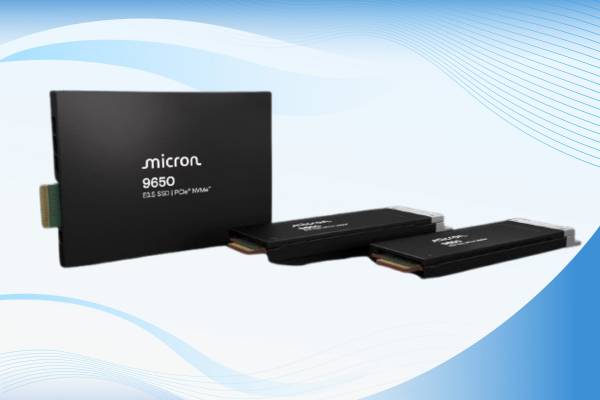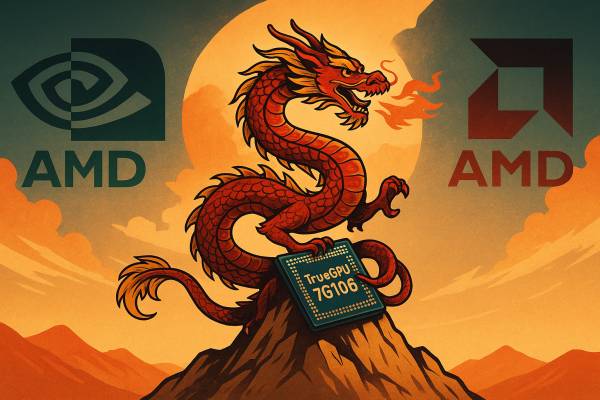Amid global economic and trade challenges, Apple has once again proven its extraordinary market power, surpassing analyst expectations in the third quarter of its 2025 fiscal year. The Cupertino giant not only posted record revenue for the period ending in June but also reached a historic milestone: the shipment of its three billionth iPhone. This achievement comes at a time when the company is grappling with the cost of punitive tariffs, intensifying competition in artificial intelligence, and a series of setbacks in the same field.
According to the company’s financial report, quarterly revenue reached $94 billion—a 10% increase compared to the same period last year. Net profit stood at $23.4 billion, while earnings per share rose 12% to $1.57. These figures not only signal stability but also confirm that Apple’s strategy is delivering results. Following the announcement, the company’s stock price began to climb in after-hours trading.
The main driver of this success remains, unquestionably, the iPhone. Revenue from smartphone sales reached $44.58 billion—more than a 13% increase year-over-year. Tim Cook, Apple’s CEO, noted that the iPhone 16 series has proven especially popular, with record-breaking upgrade demand among existing users during the June quarter. The sale of three billion iPhones speaks volumes: since its 2007 debut, the iPhone has become one of the most influential products in consumer electronics history, and its popularity shows no signs of waning.
However, the broader picture is more nuanced when examining other product categories. Mac sales also posted strong growth—nearly 15%—reaching $8.05 billion in revenue, largely driven by demand for the new M4 chip-powered MacBook Air. Equally impressive was the performance of the Services division, which broke all previous records with $27.4 billion in revenue. This underscores the growing importance of the App Store, iCloud, and Apple TV+ as core pillars of the company. In contrast, revenues from the iPad and the Wearables, Home, and Accessories categories declined by 8–9% year-over-year. This may reflect Apple-specific trends, but it’s worth watching how similar product lines perform at other companies—Meta, for instance, is betting heavily on a rebound in the wearables market.
Despite the positive financial results, Apple faces serious challenges. The most pressing is the impact of punitive tariffs linked to international trade tensions. The company recorded approximately $800 million in tariff-related expenses this past quarter and projects a $1.1 billion burden for the next quarter if current regulations remain unchanged. According to Cook, customer fears of rising prices due to tariffs prompted some to make early purchases, contributing roughly one percentage point to revenue growth. In an effort to mitigate these costs, Apple is actively diversifying its supply chain: most iPhones sold in the United States are now manufactured in India, while a significant portion of Macs and Apple Watches are made in Vietnam.
Another critical area is artificial intelligence (AI), where many observers believe Apple is falling behind its competitors. During the investor call, Tim Cook stressed that the company is “significantly increasing” its investments in AI and aiming for deep integration of “Apple Intelligence” features. He reported solid progress on developing a more personalized version of Siri, scheduled to launch next year. When asked what might succeed the iPhone, Cook responded that it’s hard to imagine a world without it and suggested that future devices are more likely to complement rather than replace the phone. Still, this comment should be taken with some skepticism, as others within the company are already envisioning a post-iPhone future.
Overall, Apple’s latest financial report paints a portrait of a tech giant capable of sustained growth despite mounting external pressures. The enduring appeal of the iPhone and the rapid expansion of its Services division are helping offset weaker-performing product categories and the financial impact of geopolitical uncertainty. The company’s strategic focus on supply chain restructuring and increased AI investment signals its commitment to once again lead the way in shaping the industry’s future.































